Financial Technology (Fintech) is a booming industry in the 21st century. It merges technology with financial services to reap the benefits that modern technology offers in the financial sector. It is a broad term that encircles a multitude of technological innovations that has happened in the financial sector such as POS, Payment Gateways, Digital Banks, Digital Wallets, blockchain-based cryptocurrencies. Here we talk specifically about Fintech in Nepal.
FinTech also seems to be booming in Nepal in various forms, one of which is in the form of digital wallets. We had written an article titled 5 Best Digital Wallets in Nepal last year. A lot of things have remained the same since then but a lot has changed so let’s explore Which digital wallets will dominate Nepal in 2027?

We’re almost around the end of April 2020 when this article is being written. Few things have happened recently.
- Around 210 countries have confirmed cases of COVID-19 with the death toll almost reaching 2 lakhs.
- Nepal itself has 40+ confirmed cases.
- Financial institutions are being targeted by hacktivists.
- Public trust in Fintech services has shaken a bit.
The validity of claims being made aside, we observe two things
- FinTech is an inevitable future Nepal will lead towards, this pandemic will make us more digital. This pandemic will act as a catalyst towards accelerating digital transformation.
- In the long run, the company that earns public trust will rise to the top.
Let’s talk about the first-mover disadvantage first
- First movers have to bear the economic burden.
- Secondary/late movers can learn from the mistakes of first movers and avoid making costly mistakes.
- Secondary/late movers don’t have to support their old infrastructures and hence can utilize new technology fairly quickly.
- First movers may suffer from FOMO (Fear Of Missed Opportunities) prompting them to make costly mistakes (launching solutions before the market is ready).
What about the first-mover advantage?
The advantage is that they earn a great deal of brand recognition and public trust. They become synonymous with the technology itself. In India, they use xerox instead of the word photocopy. If they are already making financial gains, then they can invest in economies of scale, proper segmentation and targeting of potential customers, and an advantage to make a lasting impact on customers so a switch is much harder for those customers.
But empires fall, businesses fail to adapt

The above diagram shows that each organization goes through a life-cycle and one day they inevitably go extinct. Kodak, Nokia, Blockbuster video, Blackberry, MySpace, Yahoo, Polaroid, Xerox were all at the apex only to go down and never rise up.
But, all this doesn’t still answer the initial question “Which digital wallets will dominate Nepal in 2027?”
Public trust
After Cambridge Analytica Scandal, people don’t trust tech companies all that much. The biggest digital disruption occurring today is not in technology, but inside people’s heads.
The company that manages to earn public trust by exhibiting a combination of competence and compassion will win the trust and hence the market. Corporate social responsibility is going to be important.
- Customer’s well being
- Customer’s Privacy
are important factors to be considered.
FinTech will rise but people won’t use digital wallets in their current form
One of the members of TechSathi predicted that there won’t be separate digital wallets. The features will be available on mobile banking itself. People will be able to perform all the options from their specific mobile banking app. Loading up money in a separate app is both tedious and feels a bit risky. There come two points of vulnerability.
Although, wallets also have come up with Link Bank Account to tackle this very issue. Imepay started it, Cell pay is linked bank account only and Khalti has come up with Link Bank starting from NIC Asia.
Another member of TechSathi predicts that in regards to mobile Banking, NIC Asia will take the lead. NIC Asia seems to have introduced cashback, happy hours, and other offers. Mobile Banking, Internet Banking charges are made free. At the current time, it has made everything digital, opening an account to everything else. Although Laxmi Bank was the first Bank in Nepal to introduce Mobile Banking, NIC Asia takes the lead. Other banks don’t seem that active at the moment.
But then, digital wallets have the capability to bring a magnitude of Fintech services such as the ability for customers to access services from multiple banks through one single application.
Digital convergence
Digital convergence is a fancy term for seemingly unrelated technologies coming together. We can witness it with WeChat in China. Started as a chat app that also provided voice services, it can integrate third-party services and also works as a payment gateway. We’ve witnessed in the past that seemingly unrelated technology merge and morph into something else. We grew up listening to the radio but these days we watch the radio shows online.
What can we learn from India?
We might have digital wallet interoperability. India introduced something called “Unified Payments Interface”. This system empowers multiple bank accounts in a single application. It’s instant, real-time and links 140+ banks in India.
Blackswan and blockchain
Nassim Nicholas Taleb postulated the black swan theory. A black swan event is an event that cannot be predicted. High impact unlikely things happen all the time. One might say COVID-19 itself is a black swan that will make massive shifts in how humans carry on their lives. And, a blockchain-based solution might seem unlikely at the moment (in case of Nepal) but one can’t simply rule it out. Perhaps, it can be integrated into our current applications.
What’s to happen around the Globe?
- Consumers will not use banks directly for banking services but might rather rely on some decentralized service.
- Blockchain technology might spice things a bit.
- Digital banking will be a go-to way for banking.
- Use of machine learning/deep learning algorithms to study customer behavior by financial institutions.
- Cybersecurity would the utmost priority and threat.
- Asia might emerge as the prime hub of Fintech spread.
Conclusion
It is hard to predict the future. These are all speculations in the end. Who’s to rise on the top? eSewa, Khalti, IME Pay, NIC Asia, something entirely different that we haven’t even thought of? There are multiple possibilities. Some more likely than others, some less. Some might happen despite how unlikely they are.
So, hence, dear reader, I implore you to join us in this discussion. Who do you think will rise to the top? What do you think will happen in this scenario of Fintech in Nepal?

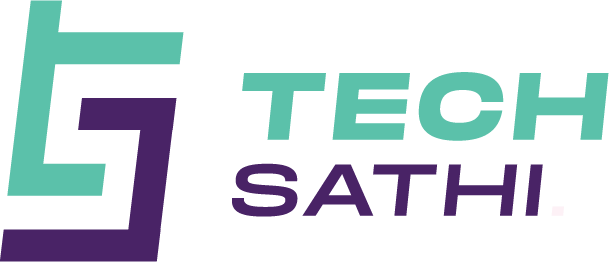
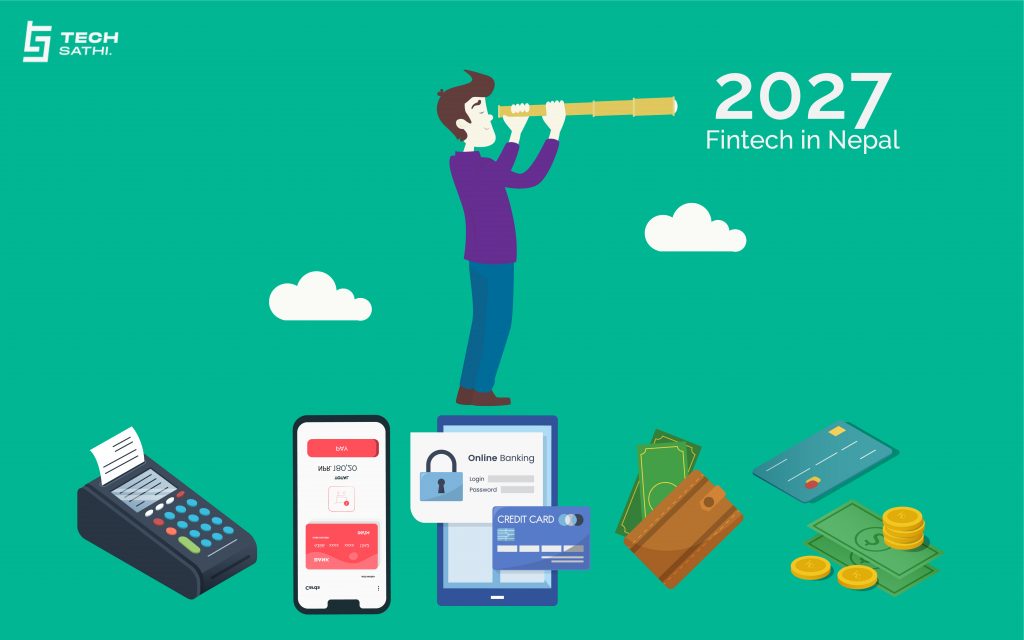

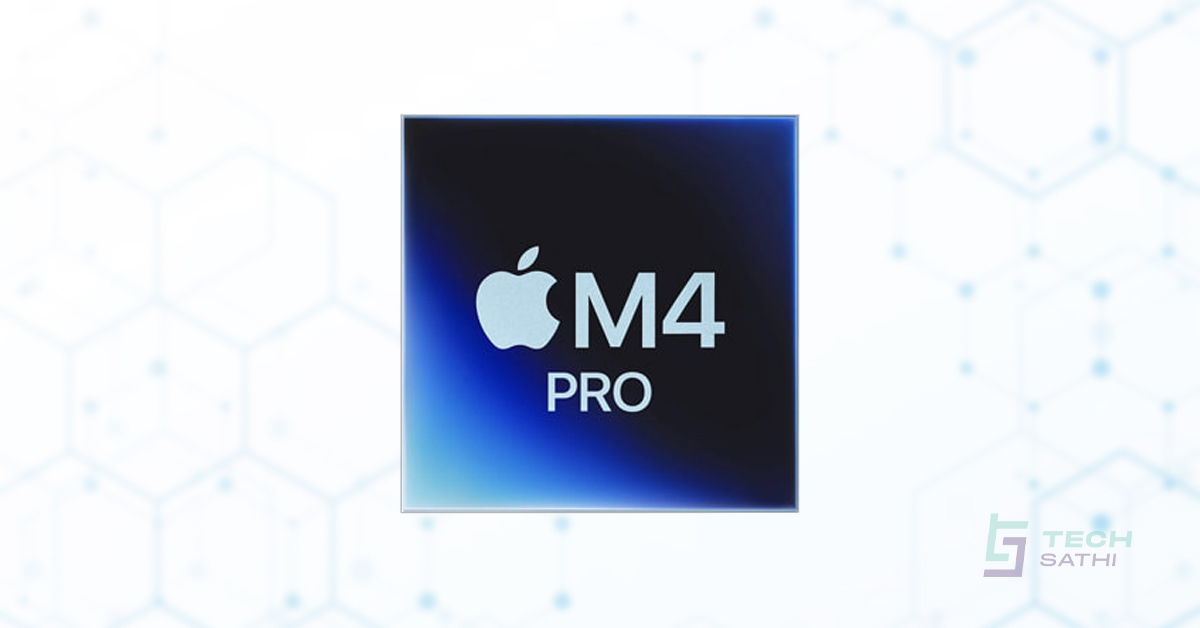
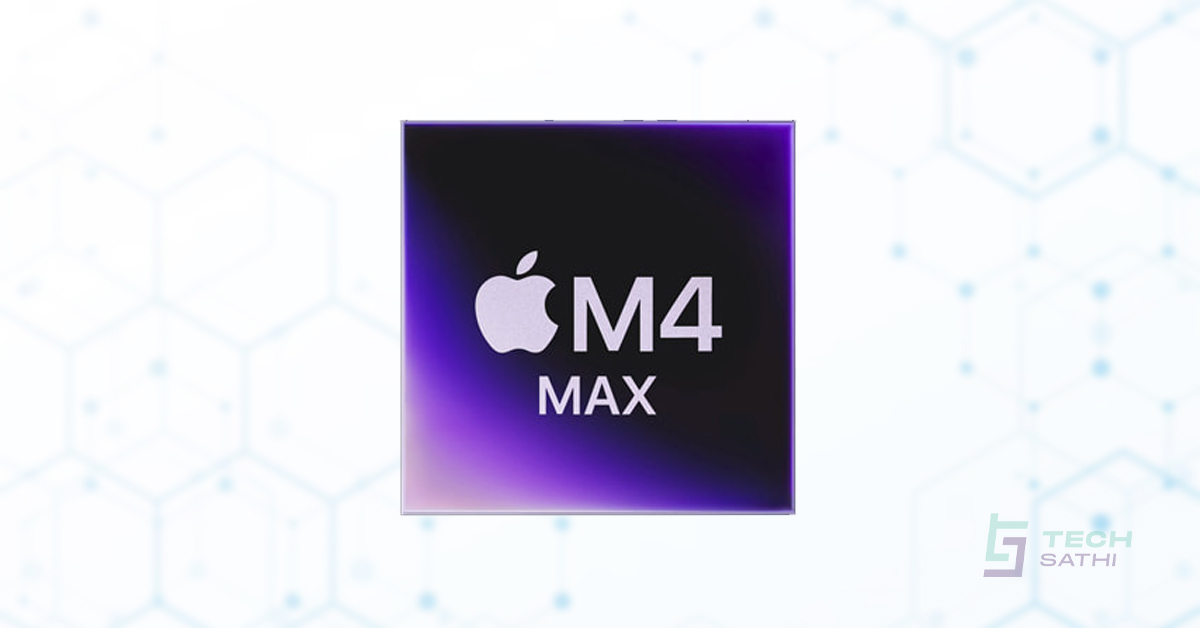
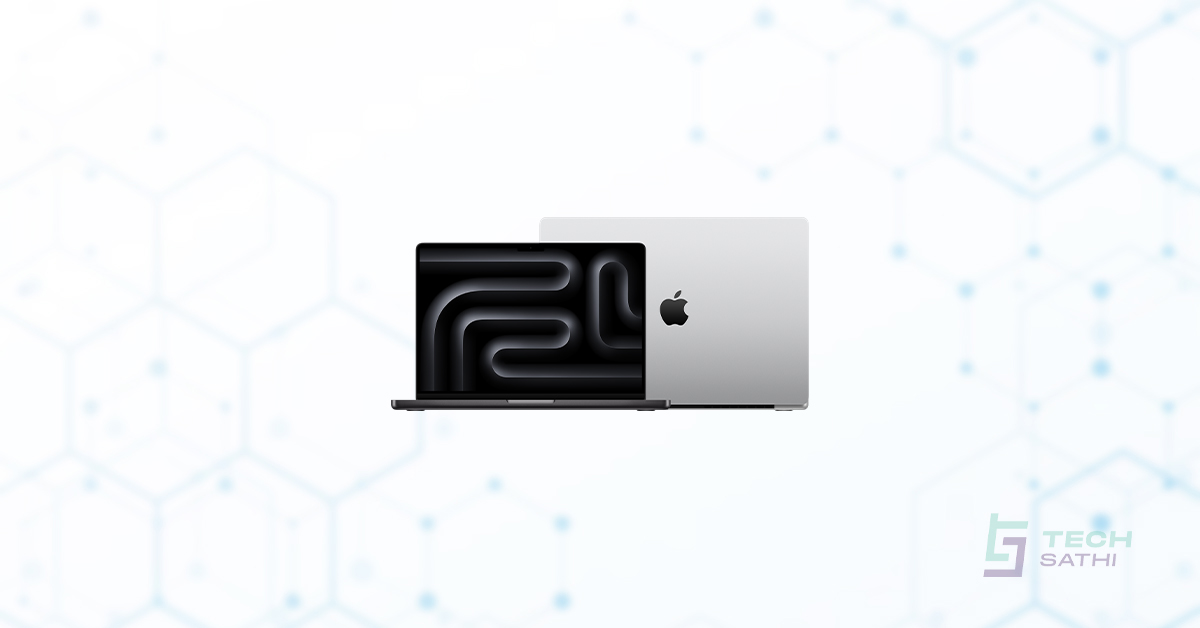
4 Comments
Read the article. Well written.
Like you said, it’s hard to predict the future. But the digital wallets and payment solutions of 2027 will be entirely different from the digital wallets of today.
Nice Article.
Pingback: Threats and Opportunities for Fintech Startups Post COVID-19 | TechSathi
Pingback: Is Digital Payment Ruling the Transaction, Post COVID-19 in Nepal? | TechSathi